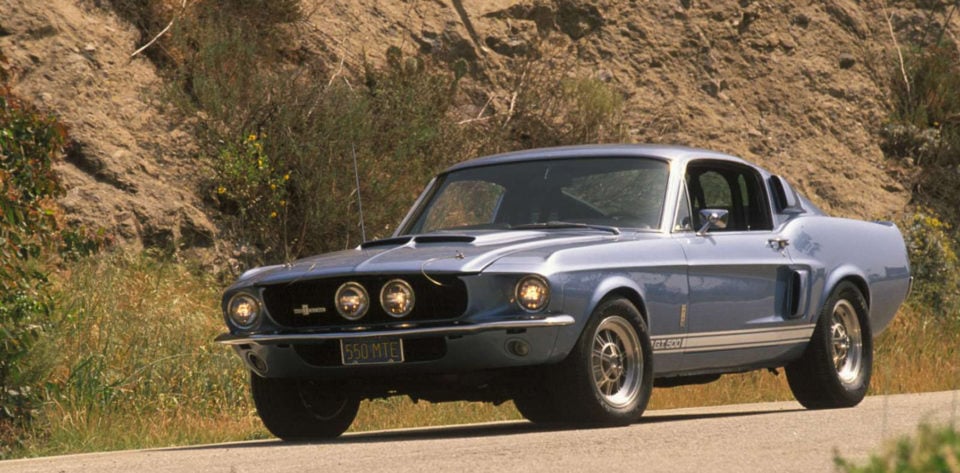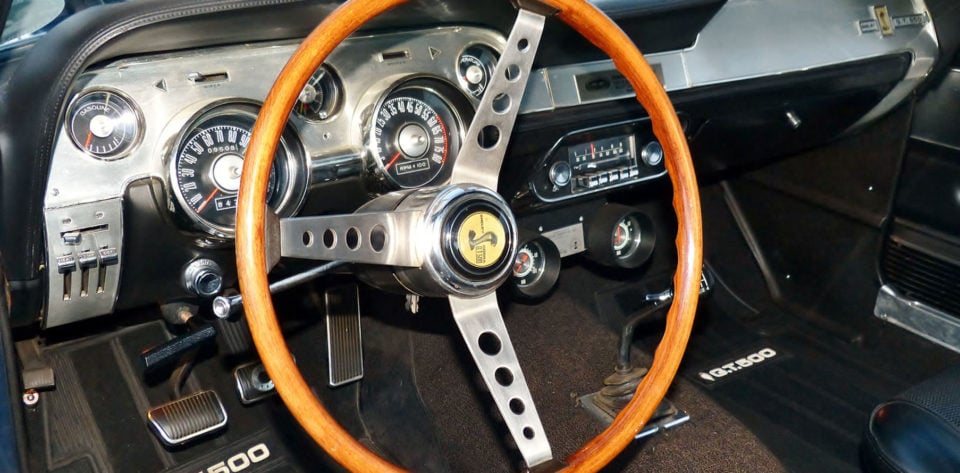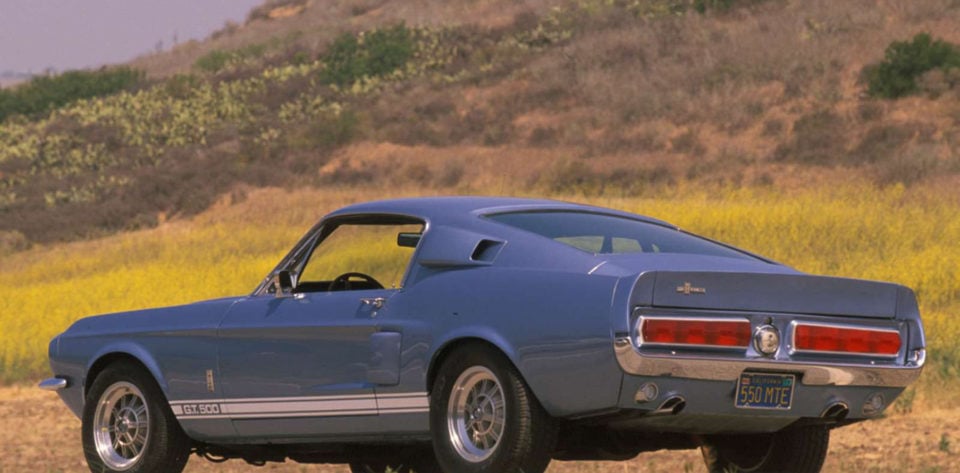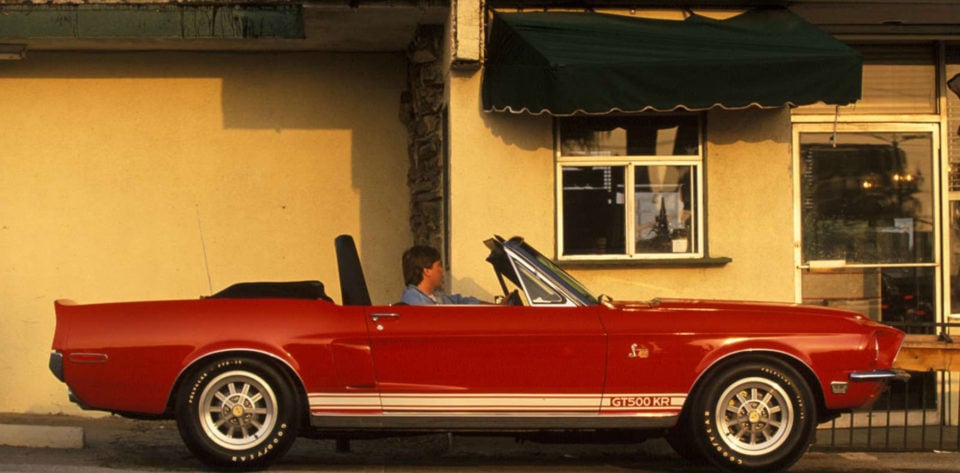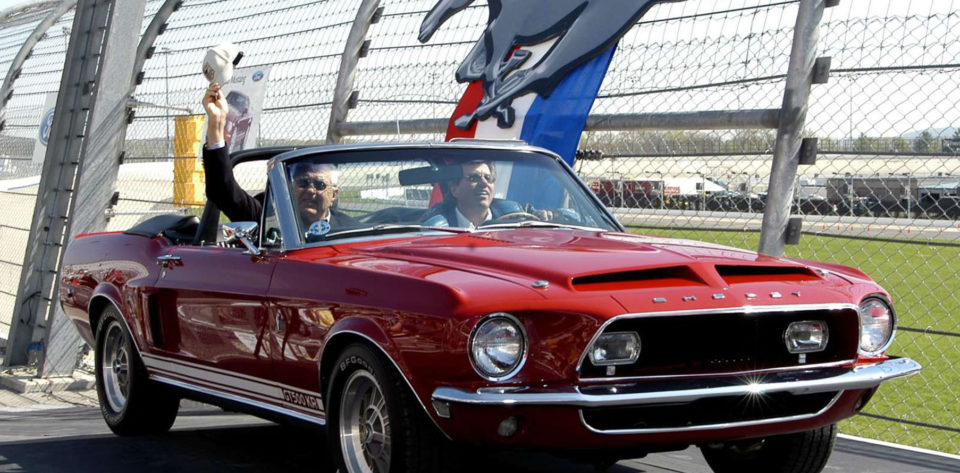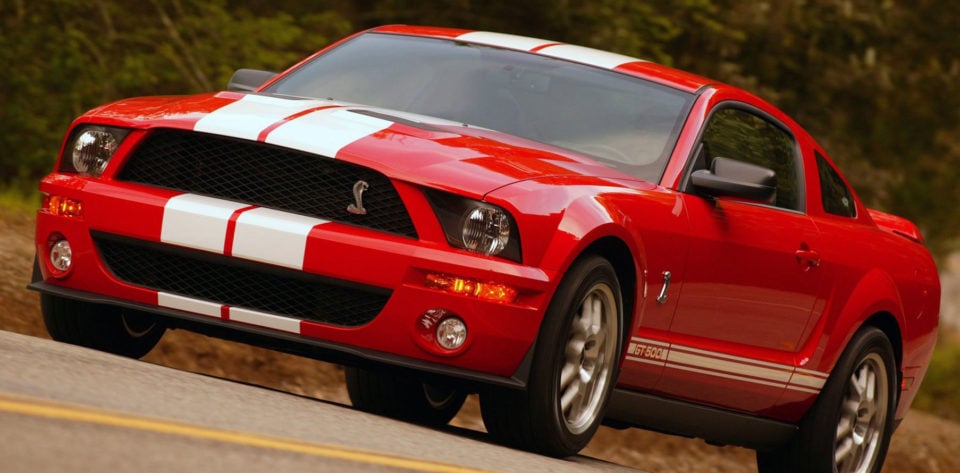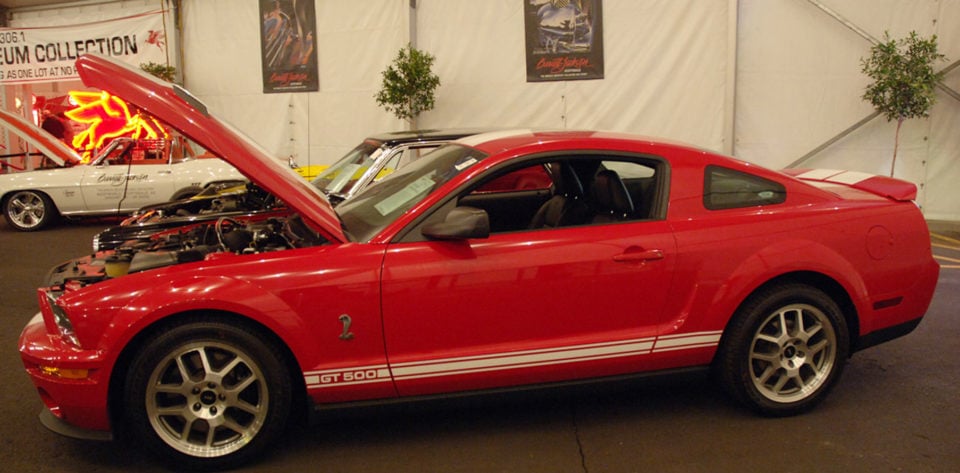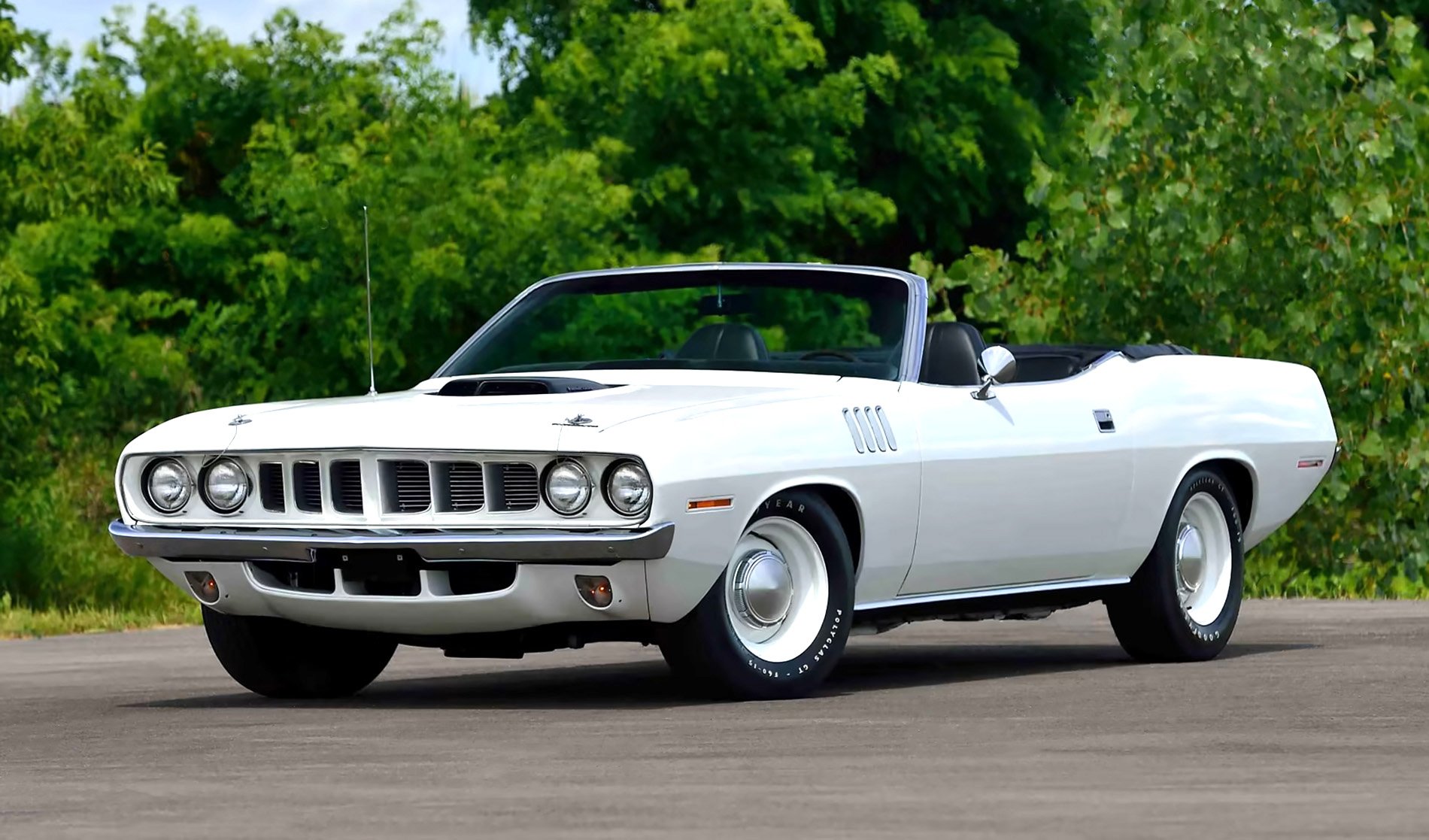By the mid-1960s, Carroll Shelby was dishing out hit after hit for Ford Motor Company. Hot on the heels of the motorsport successes of the Cobra and the short-lived Daytona Coupe programs came the GT40. Which, after some initial teething issues, was well on its way to dominating the world stage of endurance racing.
Accordingly, Ford again turned to Shelby to apply his performance magic on the new Mustang coupe so they could homologate the car for use in the SCCA’s B-Production class racing, which in turn yielded the Shelby Mustang GT350 — a hard-edged pony car that promptly took the championship that year, and the following two years after as well.
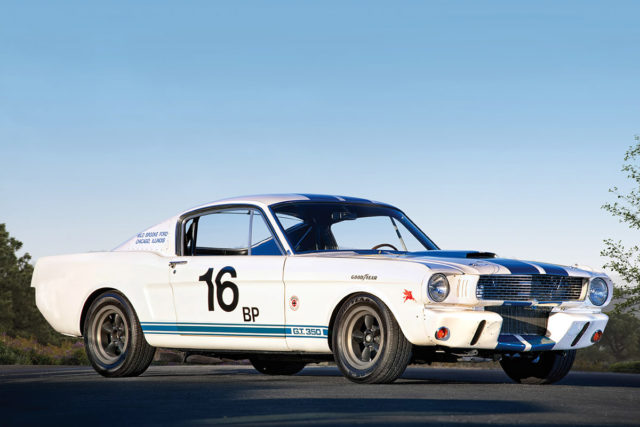
In order to get the Mustang into SCCA racing, Ford would have to build a number of road-going examples of the GT350 model they wanted to campaign in order to comply with class regulations, and B-Production also specified that the car needed to share either its powertrain or suspension setup with the road car. Ford opted for the suspension, creating a Mustang street car with amazing handling that totally lacked the civility that most buyers had come to expect. (Photo Credit: RM Auctions)
SCCA rules dictated that in order to homologate the Mustang for use in the class, the road-going version would need to have either an identical powertrain or chassis configuration to that of the race car. In the interest of avoiding a multitude of costly warranty repairs, Ford opted to give the GT350 sold to the public the same suspension setup that the race car would get rather than its high-strung motor. The result was a Mustang with incredible handling performance that came at the cost of almost any semblance of civility.
That made Shelby’s new Mustang a hit among hardcore road racers, but its brutish nature kept it at the fringes of mainstream motoring in terms of sales. Still, Shelby had established the Mustang as a viable player in the performance realm, and Ford was keen to capitalize on that reputation, albeit with something that was more palatable to typical enthusiast buyers. So for the 1967 model year, Shelby introduced the new Mustang Shelby GT500.
First Generation
The GT500 was a grand-touring performance car that enthusiasts could legitimately use every day.
While the GT350 was a barely-tamed road racer with a license plate, the GT500 was a grand-touring performance car that enthusiasts could legitimately use every day. And without homologation rules to adhere to, Ford and Shelby were free to configure the GT500 however they saw fit.
With the introduction of the GT500, both Ford and Shelby made it clear that they had created performance-tuned road car rather than a barely detuned racer. Creature comforts like air conditioning, power steer and brakes, and an available automatic transmission made the pony car much more livable than the GT350 had been, but its standard 428-cube big-block power and roll bar also ensured it wasn't going to be confused with any garden-variety Mustang fastback. (Photo Credit: Ford)
Gone were the GT350’s traction bars and noisy racing differential, while the Koni dampers were swapped out for adjustable units from Gabriel. Revised suspension geometry, smaller-diameter roll bars, and a tweaked leaf spring setup were incorporated into the mix not only to add compliance but also to improve the GT500’s chances of getting the power to the ground off the line. And it would need all the help it could get, as it turned out.
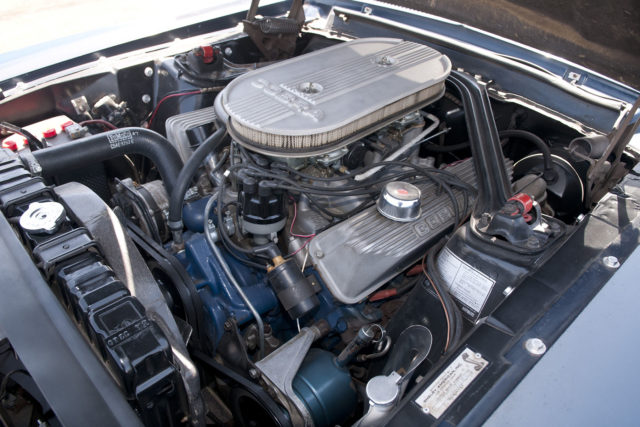
Ford had added a 390-cube FE big-block V8 to the Mustang’s options list for 1967 and Shelby, realizing that the FE 428 was identical in terms of external dimensions, saw an opportunity to go a step beyond Ford’s top-shelf offering with the GT500. (Photo Credit: Ford)
As part of the revisions for the 1967 model year, Ford had added a 390 cubic-inch big-block V8 to the options list, putting factory big-block power in the Mustang for the first time. Shelby noted that Ford’s 428-cube mill shared identical external dimensions with the 390, making a swap for the higher displacement powerplant essentially effortless. So that’s just what he did, stuffing the 355-horsepower, 420-lb-ft mill in the Mustang’s engine bay.
Ford’s revisions across the Mustang lineup for 1967 served the GT500 well too, allowing Shelby to give the fastback a legitimately aggressive, purposeful look while also upping its refinement and livability considerably. But Shelby also knew it was important not to lose sense of the mission of his performance treatments, so the GT500 was also the first production car to offer a roll bar as standard equipment, and racing harnesses could still be optioned onto the GT500 as well.
The GT500KR boasted a 428 Cobra Jet motor rather than the standard 428 used in the GT500. (Photo Credit: Ford and Mecum)
Nineteen sixty eight would bring the limited production GT500KR into the fold. The King of the Road GT500 swapped the standard 428ci V8 for a Cobra Jet 428 that offered a notoriously underrated 335 horsepower — a figure that was actually 20 horsepower shy of the standard GT500, which was said to have been done as a way of avoiding steep insurance rates. Most estimates put the Cobra Jet 428 in excess of 400 horsepower.
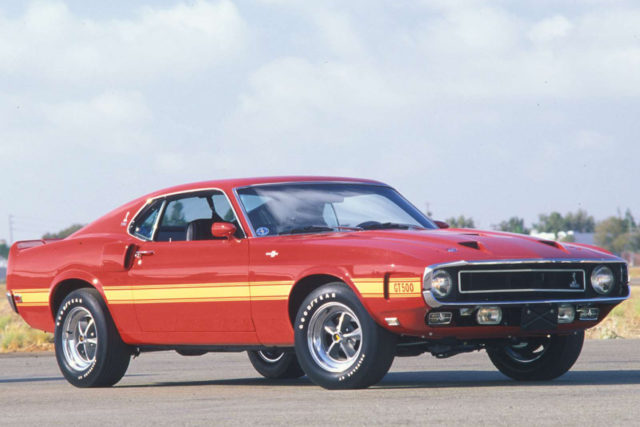
Like the rest of the Mustang lineup, the GT500 would receive a significant face lift for the 1969 model year. However, it was essentially a Shelby by name only at that point, as Carroll had little input on its design and styling. He would end his contract with Ford that same year, and it would be more than three and a half decades before another factory-produced Mustang would bear his name. (Photo Credit: Ford)
An extensive refresh for the Mustang line came in 1969, and Shelby’s GT350 and GT500 (as the model names were then denoted) in turn received an extensive facelift. However, by then little input from Carroll Shelby went into the models’ design, and Carroll would terminate his contract with Ford that summer, in turn bringing a close to the first-generation Shelby Mustangs.
Revival
In 2005, Ford introduced the fifth-generation Mustang, which rode on an all-new platform for the first time in 35 years. Codenamed the S197, this Mustang marked a distinct stylistic departure for Ford, one which harkened back to the pony cars of the 1960s. It also marked the return of the Shelby name to factory-produced Mustangs with the Shelby GT-H, which served as a nod to the Hertz rent-a-racer GT350H models from 1966.
The GT500 would return the fold in grand fashion in 2007, packing a supercharged 5.4-liter V8 and a six-speed manual transmission, along with braking, suspension, cooling, and other performance upgrades. (Photo Credit: Ford, Wiki Commons)
The GT500 returned to the fold in 2007, this time packing a 500-horsepower, supercharged 5.4-liter V8.
Ford continued to develop and revise the GT500 throughout the S197’s 10-year production run, culminating the 2013-2014 model, which boasted a 662 horsepower, 5.8-liter DOHC 32V V8 and a top speed of over 200 mph.
In its final year of production, the S197-based 2013-2014 Shelby GT500 dished out 662 horsepower from its aluminum 5.8-liter supercharged V8, making it the industry's most powerful production V8 engine at the time. Since 2005, Shelby American has offered its own tuned versions of the Mustang as well, like the 725-horsepower Shelby Super Snake seen on the right. (Photo Credit: Ford, Wiki Commons)
The (Potential) Future
Though 2014 was the most recent year of production for the Shelby GT500, it probably wasn’t the last. The Shelby name has continued on with factory-produced sixth-generation Mustangs in the form of the Voodoo 5.2-liter-powered GT350 and GT350R models, and an increasing amount of evidence suggests that these soon might not be the only factory Mustangs to boast that iconic association.
Numerous spy shots have captured heavily camouflaged GT350-look prototypes out testing in various locations in recent months, and an image floated across the internet in April of this year that shows what appears to be a GT350 sporting a TVS supercharger.
Whether or not this potential upcoming model is the next GT500, Mach 1, or something else entirely remains to be seen, but it seems quite possible that we haven’t seen the last of those GT500-badged beasts. And, that is a good thing.




